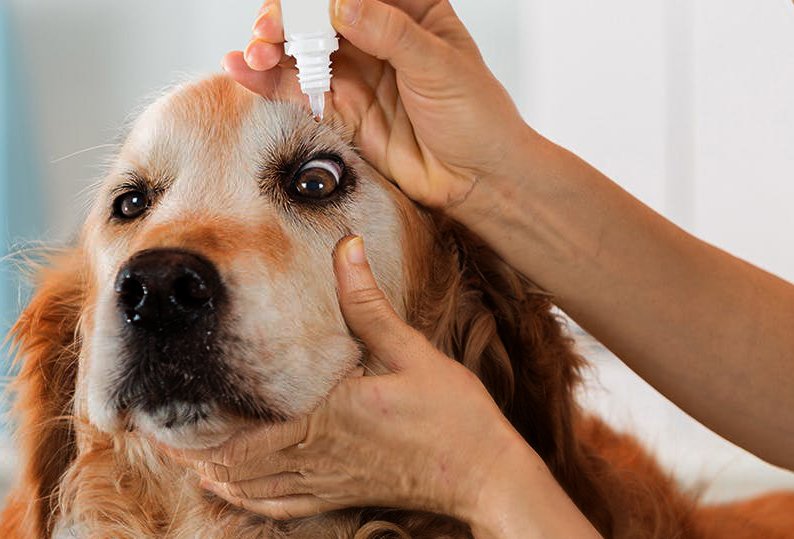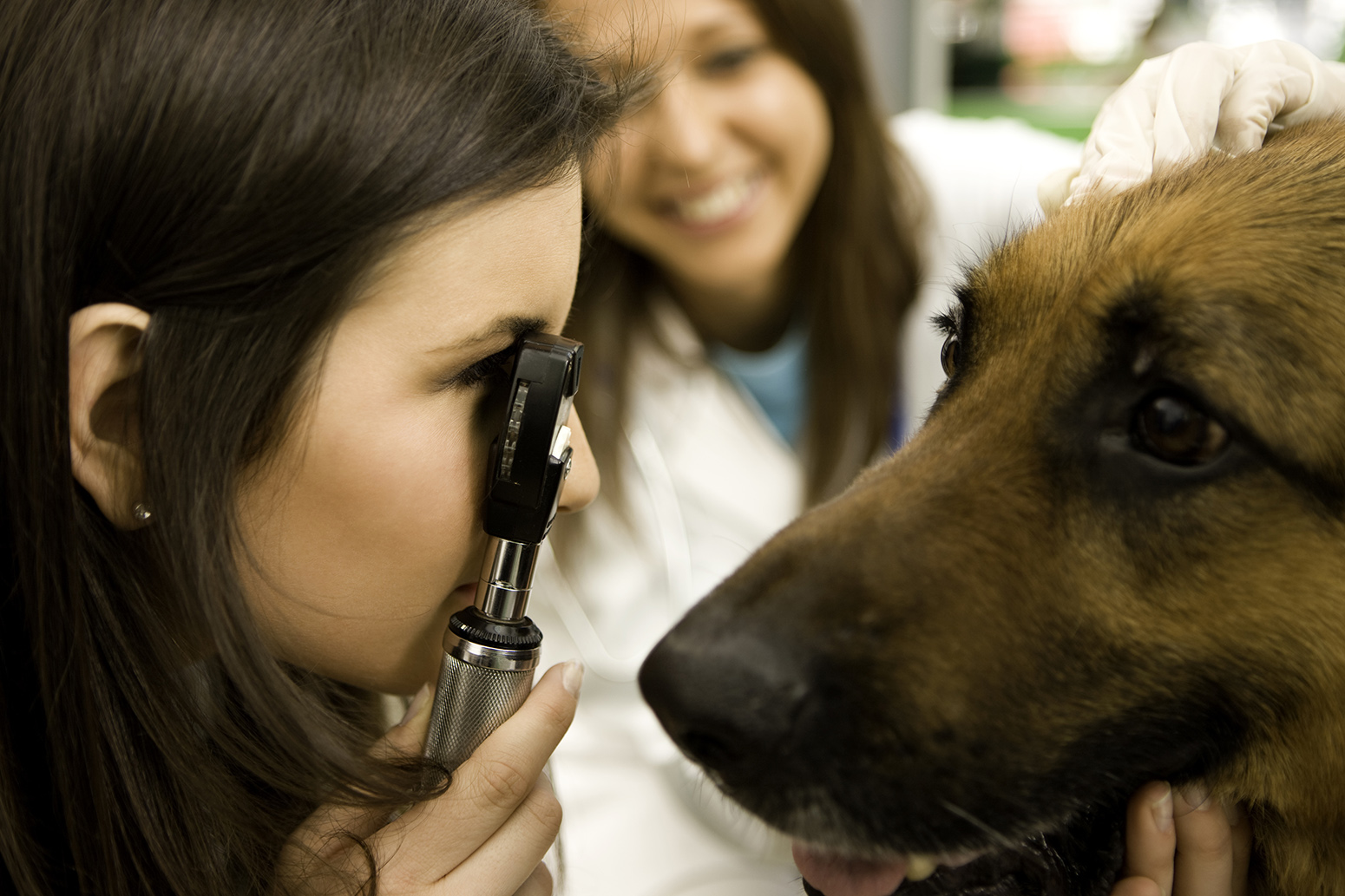Introduction:
When it comes to our beloved canine companions, eye health is of utmost importance. Dog eye ulcers, also known as corneal ulcers, can be a worrisome condition that requires prompt attention and proper treatment. In this comprehensive article, we will explore the causes, symptoms, diagnosis, treatment options, and management strategies for dog eye ulcers. By understanding this condition and its treatment, dog owners and veterinarians can work together to provide effective care and promote healing for dogs with eye ulcers.
Dog Eye Ulcer Treatment: An Overview:
Dog eye ulcers are characterized by damage or erosion of the cornea, the transparent outer layer of the eye. They can occur due to various factors, such as trauma, foreign objects, infections, or underlying eye conditions. Prompt treatment is essential to prevent complications and promote healing of the affected cornea.
Recognizing the Symptoms of Dog Eye Ulcers:
Identifying the symptoms of dog eye ulcers is crucial for early detection and intervention. Common signs include:
- Squinting or Blinking:
Dogs with eye ulcers may squint or blink excessively to protect the affected eye from further irritation and discomfort.
- Redness and Swelling:
Inflamed blood vessels in the eye can lead to redness and swelling around the affected area.
- Watery or Discharge:
Eye ulcers can cause excessive tearing or discharge from the affected eye, which may appear cloudy or discolored.
- Sensitivity to Light:
Dogs with eye ulcers may exhibit sensitivity to light (photophobia) and avoid bright environments.
Diagnosing Dog Eye Ulcers:
Accurate diagnosis of dog eye ulcers involves a thorough examination and diagnostic tests. These may include:
- Ophthalmic Examination:
The veterinarian will conduct a detailed examination of the eye using specialized instruments to assess the cornea’s integrity and look for signs of ulcers or other abnormalities.
- Fluorescein Staining:
Fluorescein dye is applied to the eye, and under special lighting, it helps identify and highlight any areas of corneal damage or ulcers.
- Tonometry:
Tonometry measures the pressure within the eye to assess for glaucoma or other conditions that may complicate the ulcer treatment.
- Microbial Testing:
If an infection is suspected, swabs or samples from the eye may be collected for microbial testing to identify the specific bacteria or fungi involved.
Treatment Options for Dog Eye Ulcers:
The treatment of dog eye ulcers aims to promote healing, reduce discomfort, and prevent complications. Treatment options may include:
- Topical Medications:
Veterinarians often prescribe antibiotic or antifungal eye drops or ointments to prevent or treat infections associated with eye ulcers. These medications may also contain anti-inflammatory properties to reduce inflammation and promote healing.
- Pain Management:
Pain relief medications, such as non-steroidal anti-inflammatory drugs (NSAIDs), may be prescribed to alleviate discomfort and improve the dog’s well-being during the healing process.
- Elizabethan Collar:
To prevent further irritation or self-trauma to the eye, the use of an Elizabethan collar (e-collar) may be necessary to restrict the dog from scratching or rubbing the affected eye.
- Surgical Interventions:
In some cases, surgical interventions may be required to promote healing. These may include corneal debridement, conjunctival grafting, or other procedures as determined by the veterinarian.
Recommended:
- Petco Review: The Power of Together
- PetSmart Review: Where Pets Inspire Us
- Hill’s Pet Nutrition Review: Pioneering Pet Health and Nutrition
- Royal Canine Review: Tailored Nutrition for Every Pet
- Chewy Review: Pet Care at Your Doorstep
Managing Dog Eye Ulcers:
In addition to treatment, ongoing management and supportive care are important for dogs with eye ulcers:
- Follow-up Examinations:
Regular follow-up examinations with the veterinarian are crucial to monitor the healing progress, assess the response to treatment, and make any necessary adjustments to the treatment plan.
- Environmental Modifications:
Creating a calm and safe environment for the dog can help prevent further eye injury and promote healing. Avoid exposing the dog to irritants or situations that may worsen the condition.
- Nutritional Support:
Providing a balanced and nutritious diet can support overall health and aid in the healing process. Consult with your veterinarian for dietary recommendations specific to your dog’s needs.
- Eye Protection:
In certain cases, protective eyewear, such as goggles or eye patches, may be recommended to shield the affected eye from further injury or exposure to irritants.
Conclusion:
Dog eye ulcers require prompt attention and proper treatment to promote healing and prevent complications. By recognizing the causes, symptoms, and treatment options discussed in this article, dog owners and veterinarians can work together to provide timely intervention and improve the well-being of dogs affected by eye ulcers. Regular veterinary check-ups, adherence to treatment plans, and environmental modifications are key to successful management and recovery.
References:
- Gelatt, K. N., & Gilger, B. C. (Eds.). (2013). Veterinary Ophthalmology (5th ed.). John Wiley & Sons.
- Ledbetter, E. C. (2014). Corneal ulcers and erosions. Veterinary Clinics: Small Animal Practice, 44(3), 557-577.
- Maggs, D. J., Miller, P. E., & Ofri, R. (Eds.). (2013). Slatter’s Fundamentals of Veterinary Ophthalmology (5th ed.). Elsevier.
- Plummer, C. E., & Regnier, A. (2013). Medical management of corneal ulceration. Veterinary Clinics: Small Animal Practice, 43(3), 541-558.



